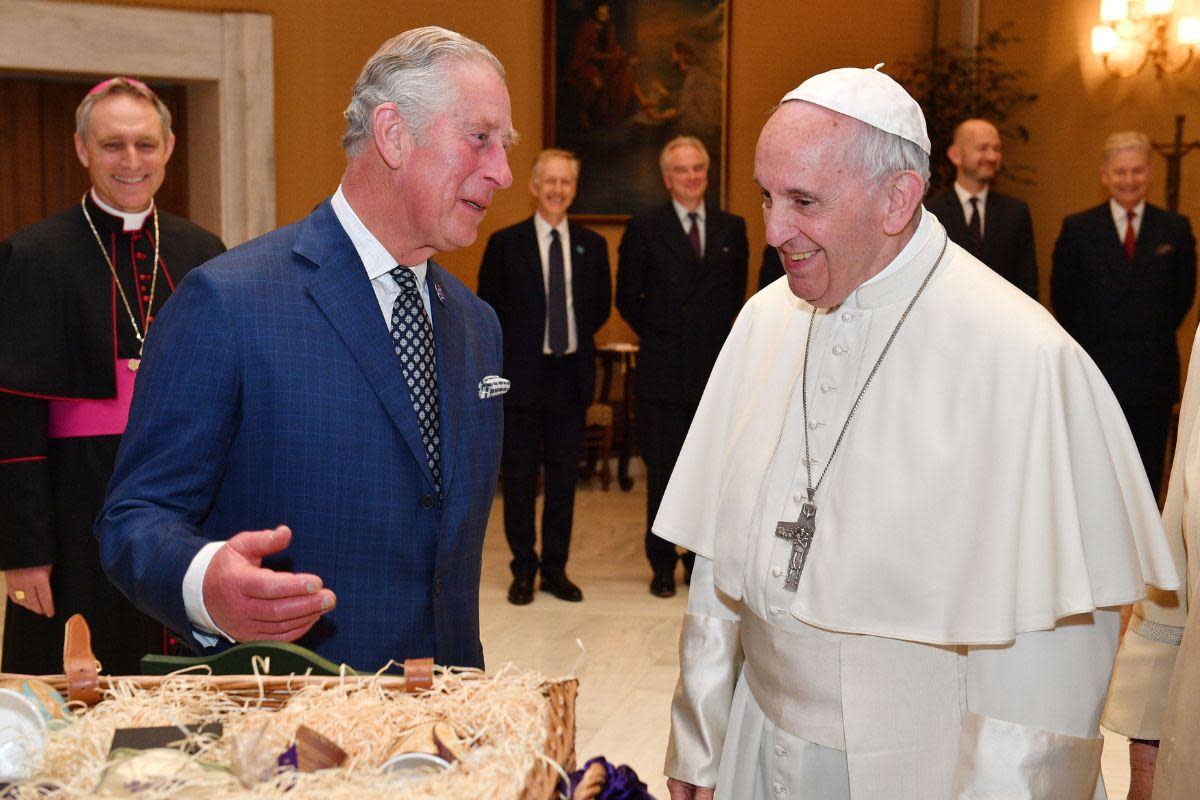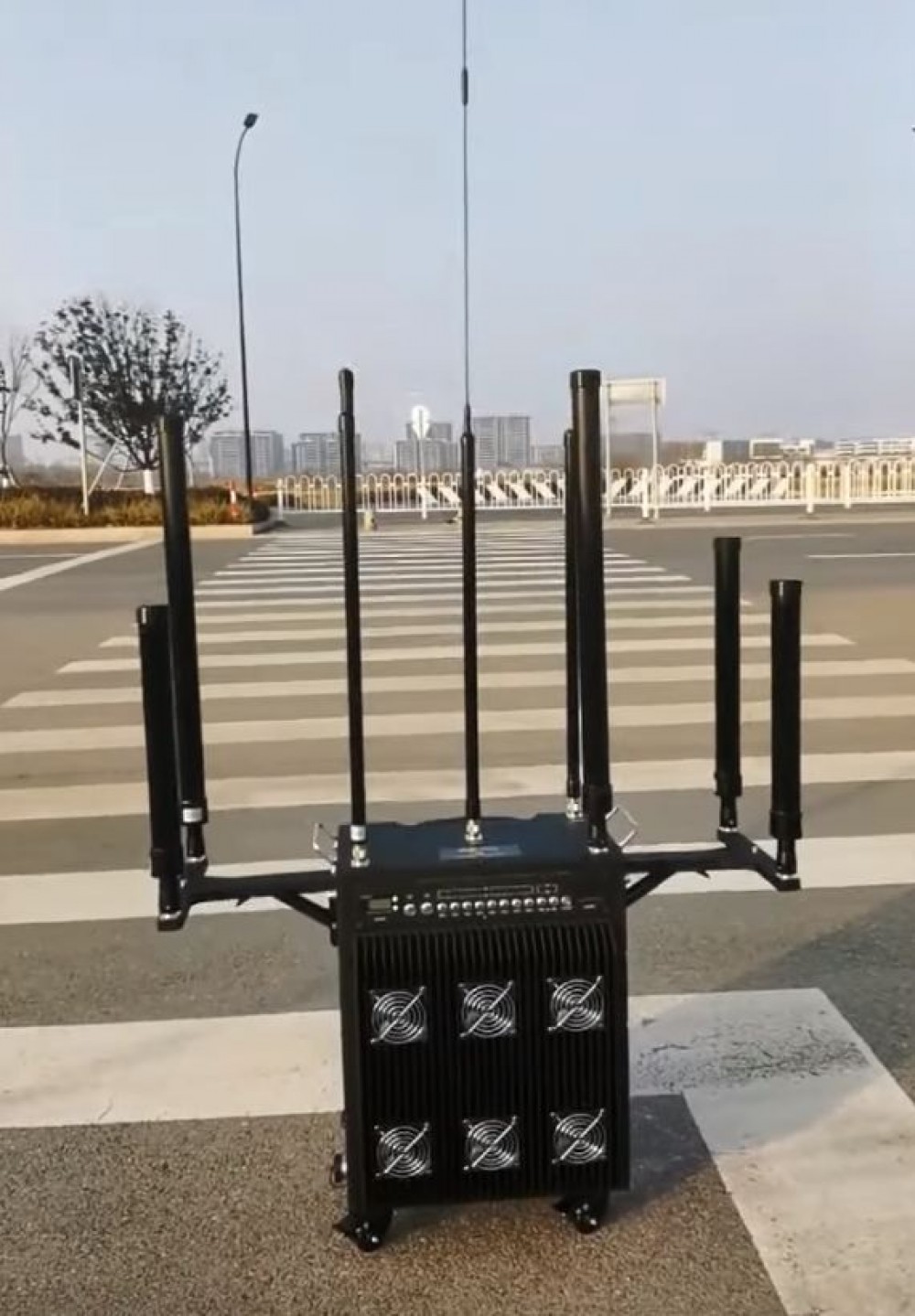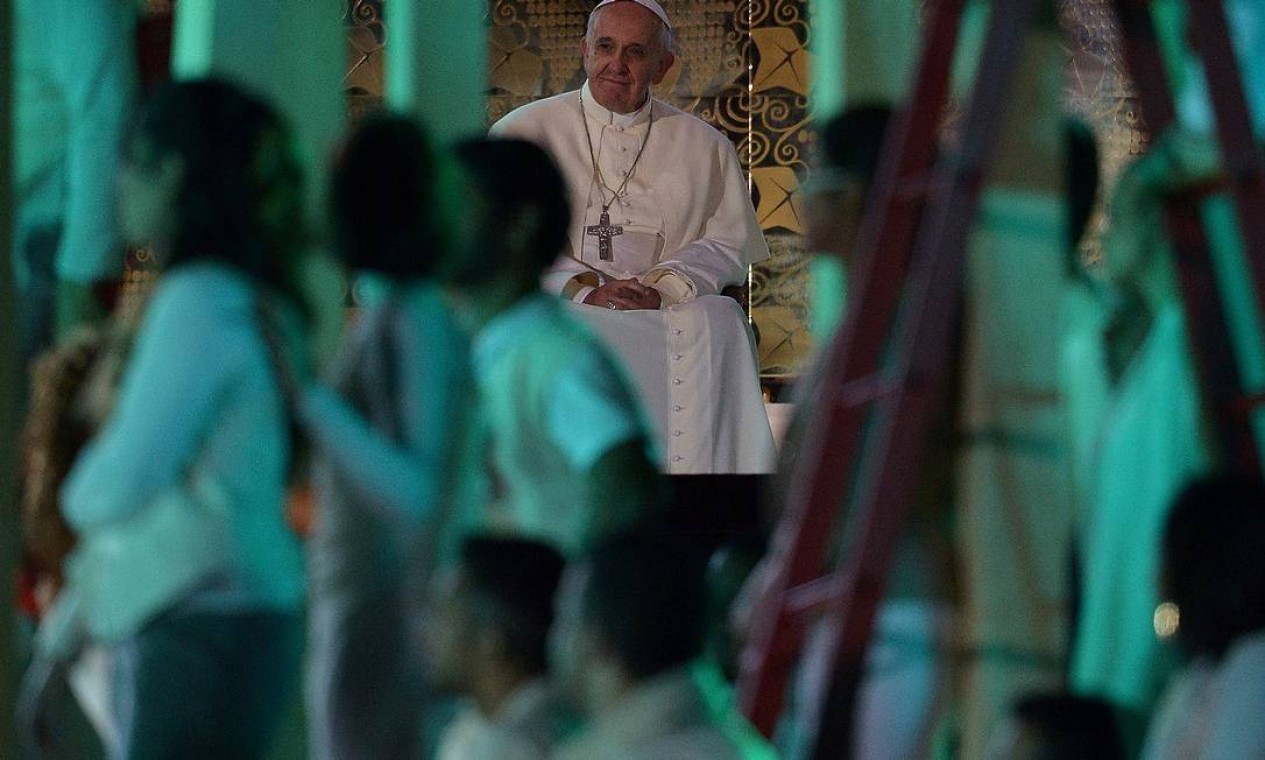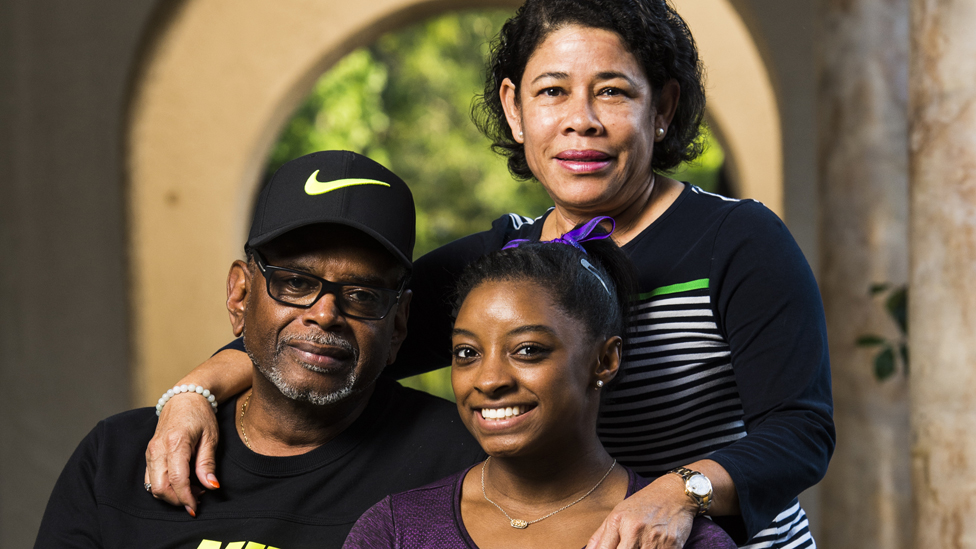Papal Conclave Explained: The Process Of Selecting A New Pope

Table of Contents
The Beginning: Prerequisites and the Calling of a Conclave
A Papal Conclave is convened upon the death or resignation of the reigning Pope, triggering a period known as sede vacante (the vacant see). This period, though brief, is crucial. The Cardinal Camerlengo, a senior Cardinal, acts as a kind of interim administrator, managing the Church's affairs until a new Pope is elected. The process begins with the formal declaration of the Pope's death or resignation. Following this, the Cardinal electors, chosen from amongst the College of Cardinals, are summoned to Rome.
- Number of Cardinal electors: The number varies, but typically includes hundreds of Cardinals under the age of 80.
- Age restrictions: Only Cardinals under 80 years of age are eligible to participate in the Papal election. This ensures a balance between experience and vitality.
- Geographical representation: While the College of Cardinals represents the global Catholic Church, the selection process aims for a diverse range of perspectives and experiences from different regions and cultures.
The Conclave's Setting: Secrecy and Isolation
The Conclave traditionally takes place within the confines of the Sistine Chapel in Vatican City, a location imbued with historical significance. The environment is meticulously designed to foster seclusion and prevent external influences. Strict security measures are put in place, ensuring complete isolation from the outside world. This secrecy is paramount to ensuring the integrity of the election process. Cardinals reside within the Vatican during the Conclave, their daily lives governed by a strict schedule.
- Security protocols: Stringent security protocols are enforced to prevent any form of outside interference, lobbying, or undue influence on the voting process. Electronic devices are strictly prohibited.
- Communication restrictions: Communication with the outside world is severely restricted to maintain the sanctity and impartiality of the Conclave.
- Daily Mass and religious observances: Daily Mass and other religious practices are integral to the Conclave's routine, providing spiritual grounding for the Cardinal electors during this period of intense deliberation.
The Election Process: Scrutiny, Ballots, and Smoke Signals
The election process itself involves a series of secret ballots. Each Cardinal writes their chosen candidate's name on a specially prepared ballot. These ballots are then collected and meticulously examined during the "scrutiny," a process of vote counting overseen by scrutineers. The outcome of each ballot is signaled by smoke emerging from the Sistine Chapel chimney – white smoke signifies the election of a new Pope, while black smoke indicates the lack of a consensus.
- Two-thirds majority: A two-thirds majority of the votes is required to elect a Pope. If no candidate achieves this majority, further ballots are conducted until a decision is reached.
- Invalid ballots: Any ballots deemed invalid due to illegibility or multiple choices are carefully noted and recorded.
- Role of scrutineers: Scrutiners play a critical role in ensuring the fairness and accuracy of the vote counting process.
Papal Election: The Announcement and the Inauguration
Once a Pope is elected, the announcement – the electrifying "Habemus Papam!" ("We have a Pope!") – is made from the balcony of St. Peter's Basilica. The newly elected Pope then chooses his Papal name, a significant symbolic act. The inauguration follows, including the first Papal Mass and the "Urbi et Orbi" address (to the city and the world), marking the official commencement of his pontificate.
- Significance of the Papal name: The chosen Papal name often reflects the new Pope's intentions and aspirations for his papacy, drawing on the legacies of previous Popes.
- Symbolic aspects of the inauguration: The inauguration ceremony is rich in symbolism, highlighting the spiritual and temporal authority of the new Pope.
- First official acts: The new Pope's first official acts often set the tone and direction of his papacy.
Conclusion: Understanding the Papal Conclave: A Sacred Process
The Papal Conclave is more than just an election; it is a deeply significant religious and historical process. From the initial summoning of Cardinal electors to the announcement of the new Pope, each step is steeped in tradition and carries profound symbolic weight for Catholics worldwide. The Conclave ensures the continuous leadership and spiritual guidance within the Catholic Church. This intricate process underscores the careful and prayerful selection of the successor to St. Peter.
Learn more about the fascinating process of the Papal Conclave and the selection of a new Pope. Understanding this intricate process provides valuable insight into the heart of the Catholic Church and its enduring traditions. Further research into the history of Papal elections, the roles of the Cardinals, and the significance of the Vatican City in this process will enrich your understanding of this significant event.

Featured Posts
-
 Papal Election Vatican Implements Mobile Phone Signal Block
May 07, 2025
Papal Election Vatican Implements Mobile Phone Signal Block
May 07, 2025 -
 Roma Fieis Aguardam Missa De Funeral Do Papa Francisco Em Vigilia
May 07, 2025
Roma Fieis Aguardam Missa De Funeral Do Papa Francisco Em Vigilia
May 07, 2025 -
 Rihannas 1 6 Billion Stream Hit A 5 Minute Song Initially Intended For Another Artist
May 07, 2025
Rihannas 1 6 Billion Stream Hit A 5 Minute Song Initially Intended For Another Artist
May 07, 2025 -
 Simone Biles Y La Terapia Como La Ayuda Profesional La Mantiene Enfocada
May 07, 2025
Simone Biles Y La Terapia Como La Ayuda Profesional La Mantiene Enfocada
May 07, 2025 -
 Winning Numbers For Lotto Lotto Plus 1 And Lotto Plus 2 Draws
May 07, 2025
Winning Numbers For Lotto Lotto Plus 1 And Lotto Plus 2 Draws
May 07, 2025
